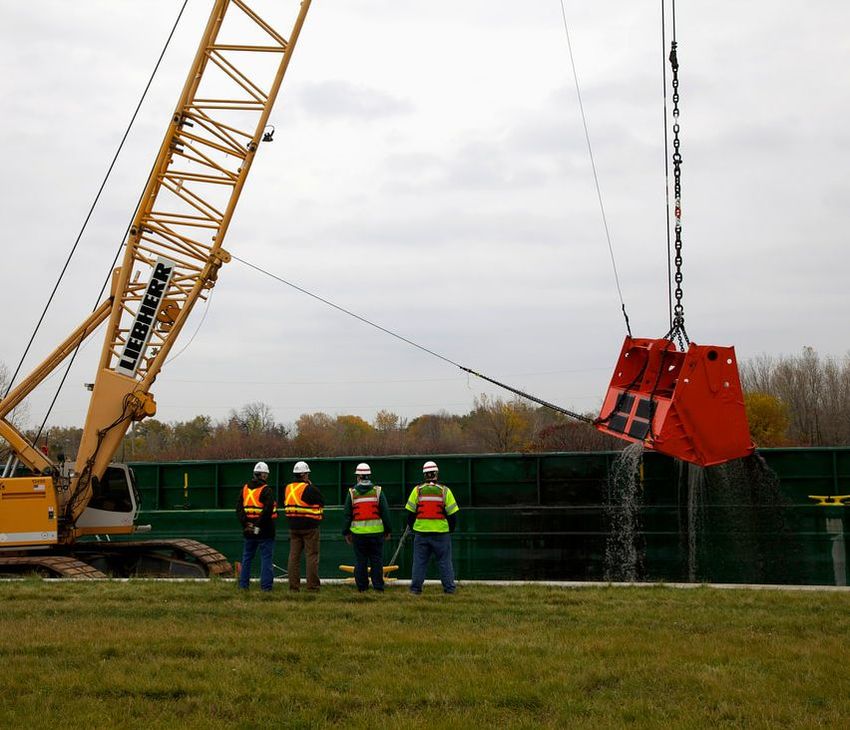Site History
|
With a history rich in steelmaking, meatpacking, and oil refining, a cocktail of heavy metals, PCBs, PAHs, NAPL, and oil and grease was discharged into the Grand Calumet River and Indiana Harbor Canal before modern environmental controls were established.
Concerted efforts to clean up the river and limit or remove sources of pollution are making the Grand Calumet River closer than ever to becoming safe for people, fish, and wildlife. Since 2009, more than 2 million cubic yards of contaminated sediment have been dredged or capped in the 13-mile Grand Calumet River system under the Great Lakes Legacy Act (GLLA). Wetland is being restored with native flowers, grasses, and other plants, providing food and shelter to local fish and wildlife. Additionally, the U. S. Army Corps of Engineers (USACE) is dredging 1.8 million cubic yards from the Indiana Harbor Canal to maintain the navigation channel and keep it deep enough for shipping traffic. USACE is required to use the least-cost option to dispose of sediment, the East Chicago Confined Disposal Facility (CDF). When "hot spots" of TSCA-level (high concentrations of) PCB contamination were identified in the canal, the community asked U. S. EPA to explore off-site disposal options for TSCA sediment. A voluntary Great Lakes Legacy Act (GLLA) partnership among U. S. EPA, Indiana Department of Environmental Management, Indiana Department of Natural Resources, and ArcelorMittal explored the feasibility of disposing of the TSCA-level PCB sediment off-site. To proceed forward with a cleanup using offsite disposal funded under the GLLA, a voluntary cost-share partner is required. No partners came forward. The U. S. EPA and IDEM have approved disposal of TSCA sediment in the CDF. Indiana Harbor Canal TSCA is located in East Chicago, IN in the Grand Calumet River Area of Concern.
|
|





